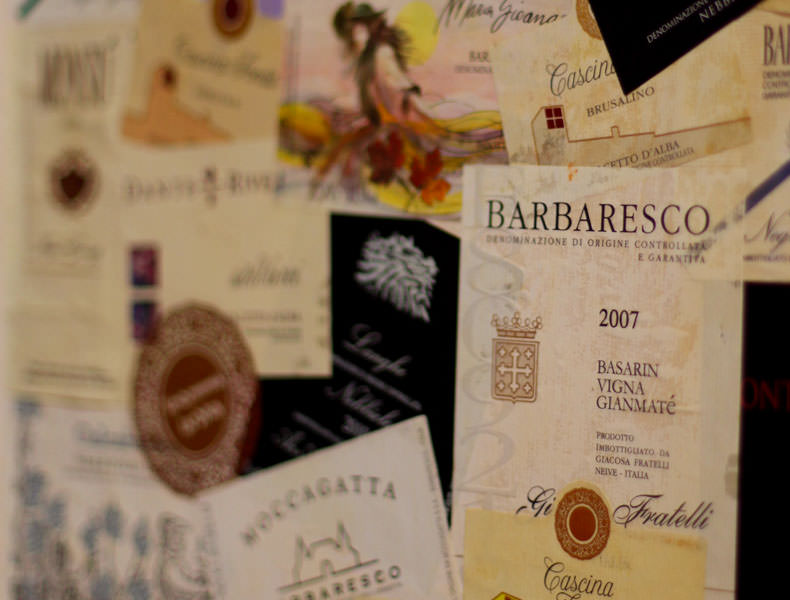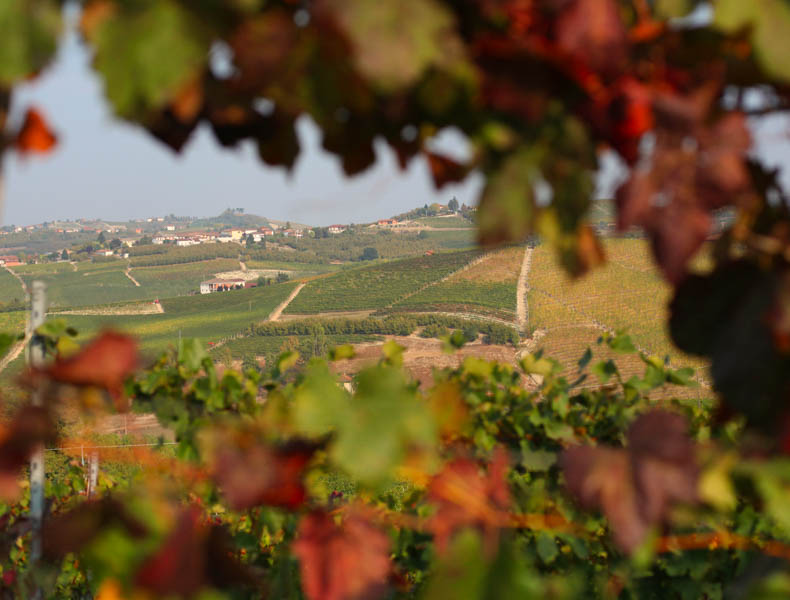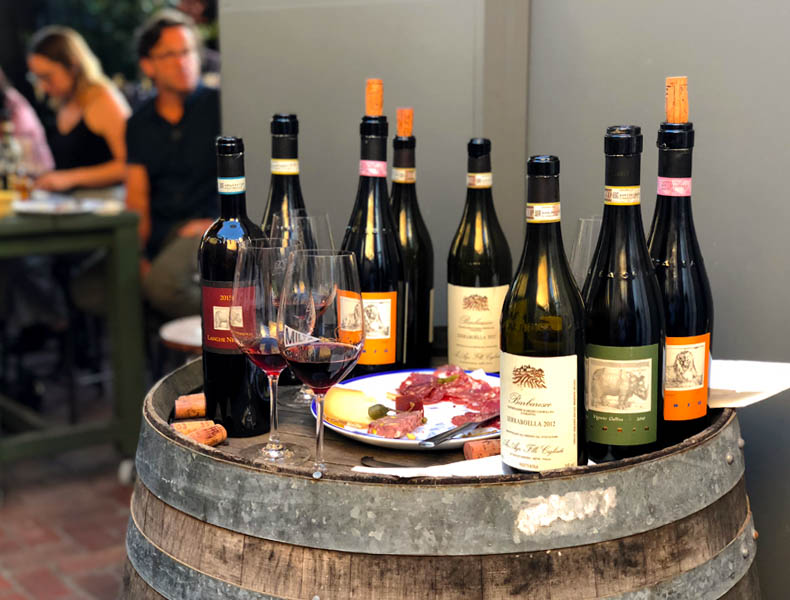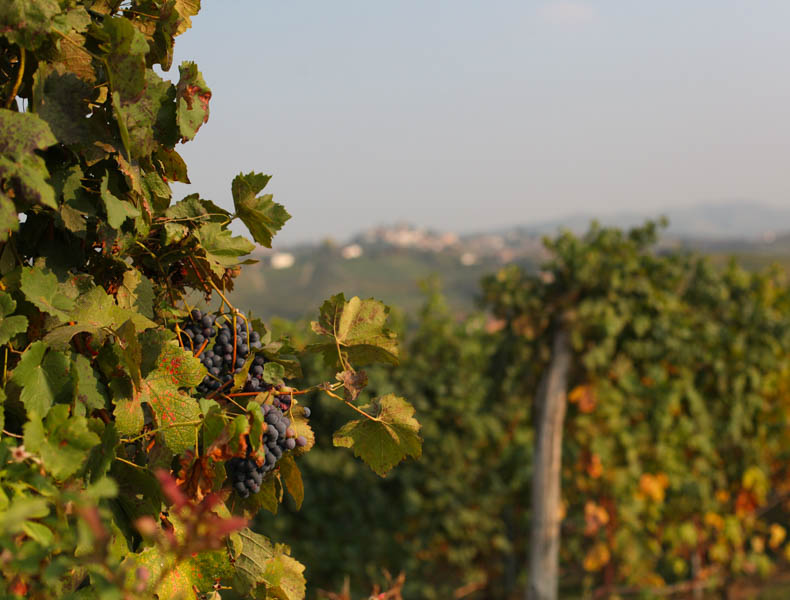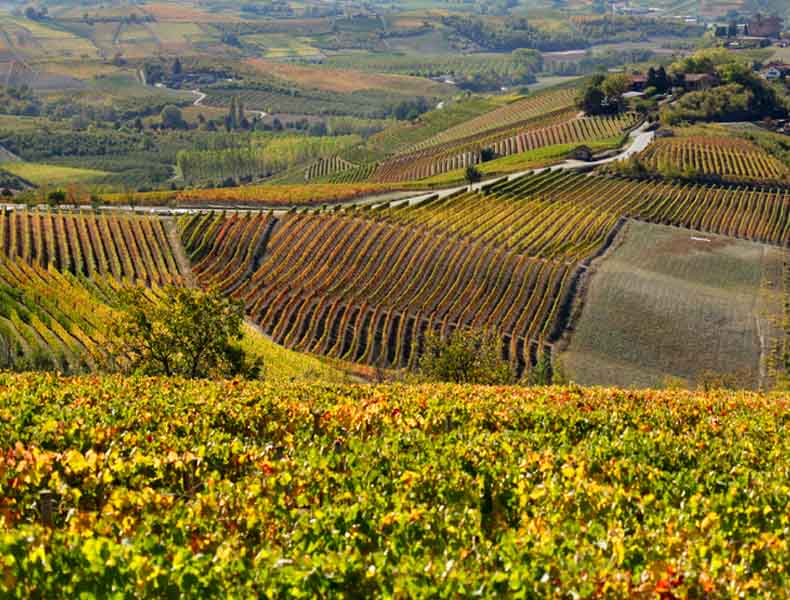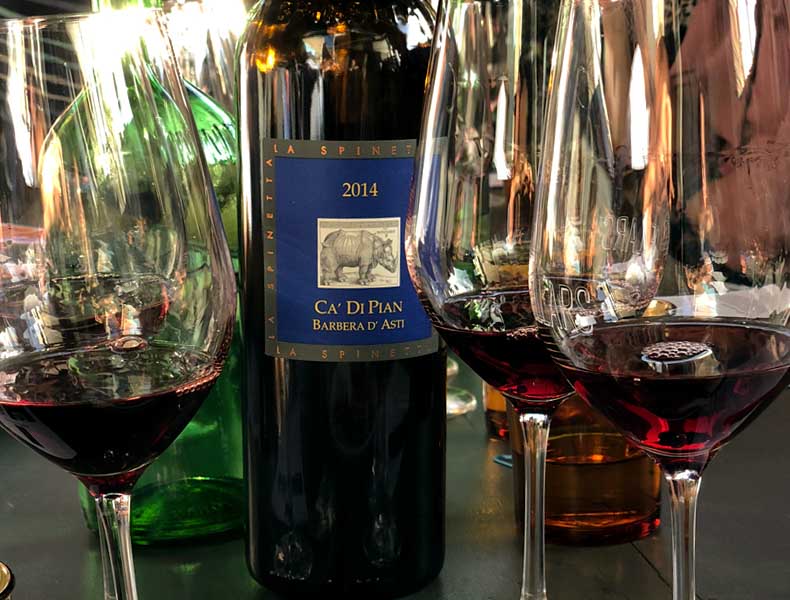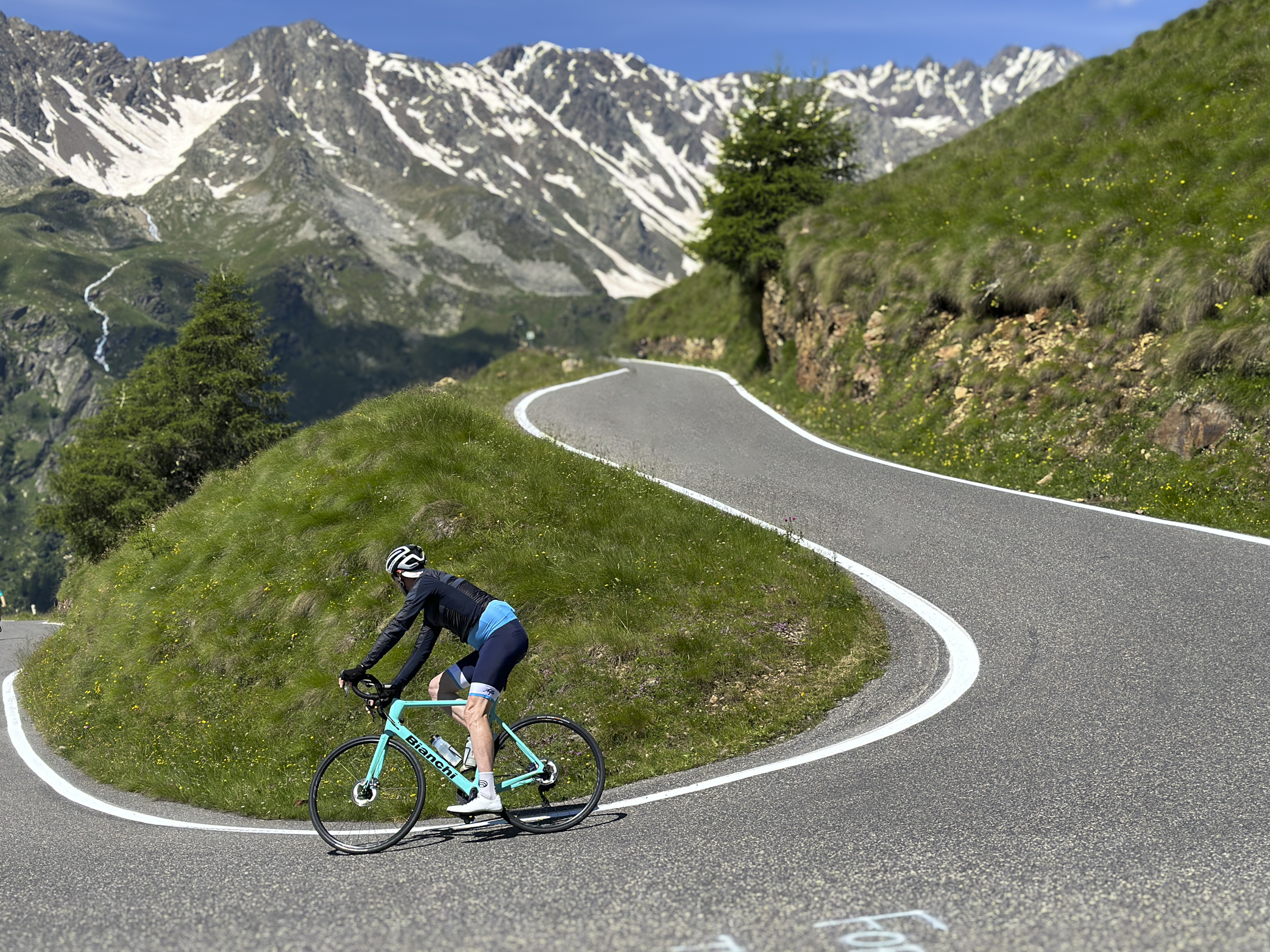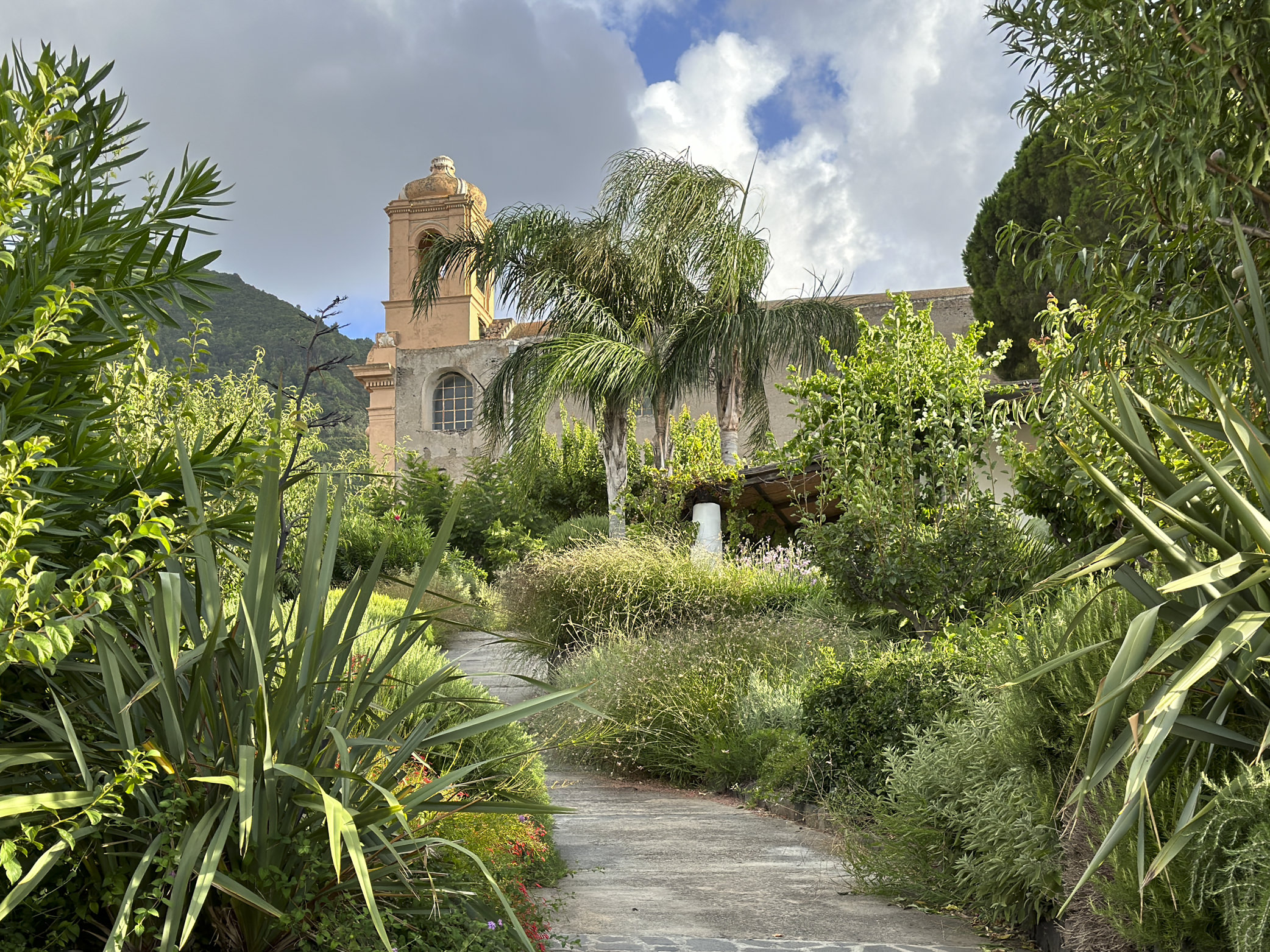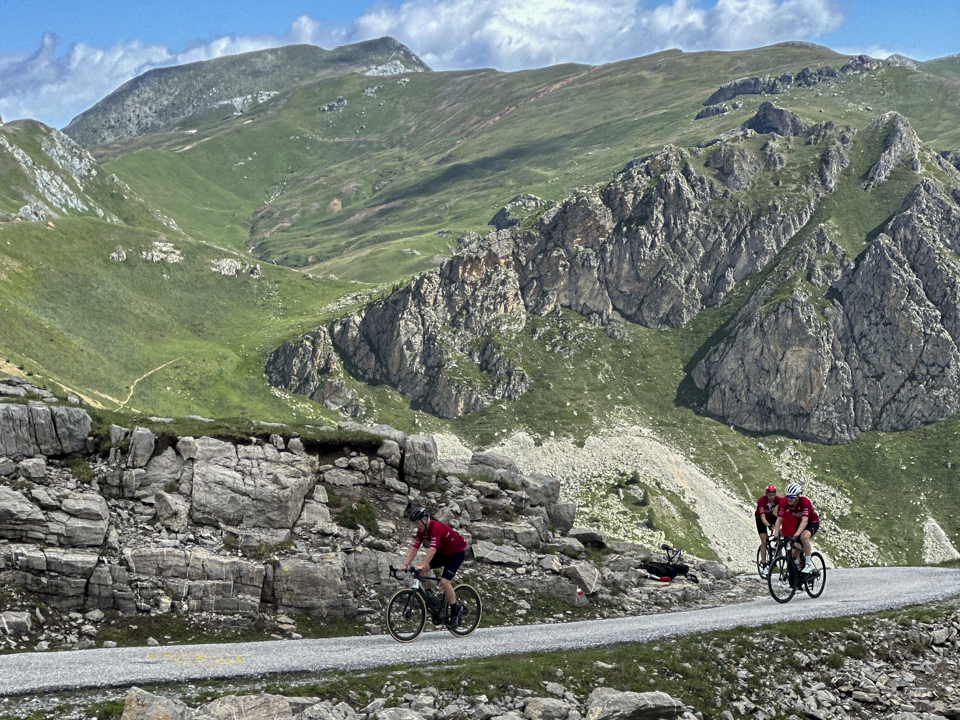Last week, I received an invite from a mate for a Nebbiolo wine tasting, and knowing a little about the wines from the area but always needing to know more, I jumped at the opportunity.
The tasting was hosted by two of the finest producers from the Barbaresco area of Piedmont, Manuela Rivetti from La Spinetta and Claudia Cigliuti from Cigliuti. As two of the most influential women on the Piedmont wine scene, both have joined their family businesses as 4th and 2nd generation farmers and winemakers.
We started off with tasting a pair of Barbera wines, which in the past had been about producing a wine that was about quantity rather than quality. However, the focus has been flipped for a while now, and a quality led Barbera is very much part of the Piemontese wine landscape, which I am very happy about as it is delicious and is a wine that I would love to have daily.
What is interesting about the Barbera wines of these two producers is that the grapes come from different slopes, only about 15km’s from each other, which places them into different categories; the Cigliuti being a Barbera d’Alba and the La Spinetta being a Barbera d’Asti. The differences were stark; while they both had high acid and are low in tannins, the Cigliuti is more feminine and the La Spinetta more masculine.
There are a few wines that use Nebbiolo, and depending on where the grapes are grown and whether the DOCG process and regulations are followed, will depend on what producers can call the wine; from Barbera, Langhe Nebbiolo, Barolo, or Barberesco.
The focus of this tasting were the Barberesco wines which were sensational, but for me the take away were definitely the stories of these two amazing women; the passion for what they do and for wine in general, was infectious.
The story about green harvesting where mid summer green grapes are pruned to allow the vines to produce better quality fruit with what is left on the vine, and how the older folk of their hometown Nieve would collect these green grapes and go to town saying that the family had gone crazy and would be out of business in no time, demonstrates just how committed these producers are to ‘quality’ rather than ‘quantity’, despite the push from many for mass commercialisation.
Their vineyards are sustainably farmed with no use of chemical herbicides or pesticides. While this practice is based on a decision that was easy and made long ago because the families lived next to and amongst the vines, it was about quality of life for themselves in the first instance, but now also happens to be a good marketing point.
There were to be 8 wines on the tasting but both Claudia and Manuela also bought a ‘little something’ from their cellars; some Barolo magic from 2004 and 2006 respectively, which was an absolute delight.
The wines tasted were:
2014 La Spinetta Barbera Ca di Pian
2015 Cigliuti Barbera Serraboella
2015 La Spinetta Langhe Nebbiolo
2015 Cigliuti Barbaresco ‘Vie Erte’
2015 La Spinetta Barbaresco Bordini
2015 Cigliuti Barbaresco Serraboella
2010 La Spinetta Barbaresco Gallina
2012 Cigliuti Barbaresco Serraboella
In summing up the tasting, the interesting thing to note was that the characteristics I found and enjoyed most in the Cigliuti wines, were the same characteristics that Paul found in the La Spinetta wines. There is no right or wrong. It is just personal preference.
Overall, what a great experience. I am now looking forward to getting back to Piedmont and drinking a lot more Barberesco.
If you’d like join us for some amazing riding, food and wine in Piedmont, join us in June for our Tour of Piedmont and La Fausto Coppi Gran Fondo.

